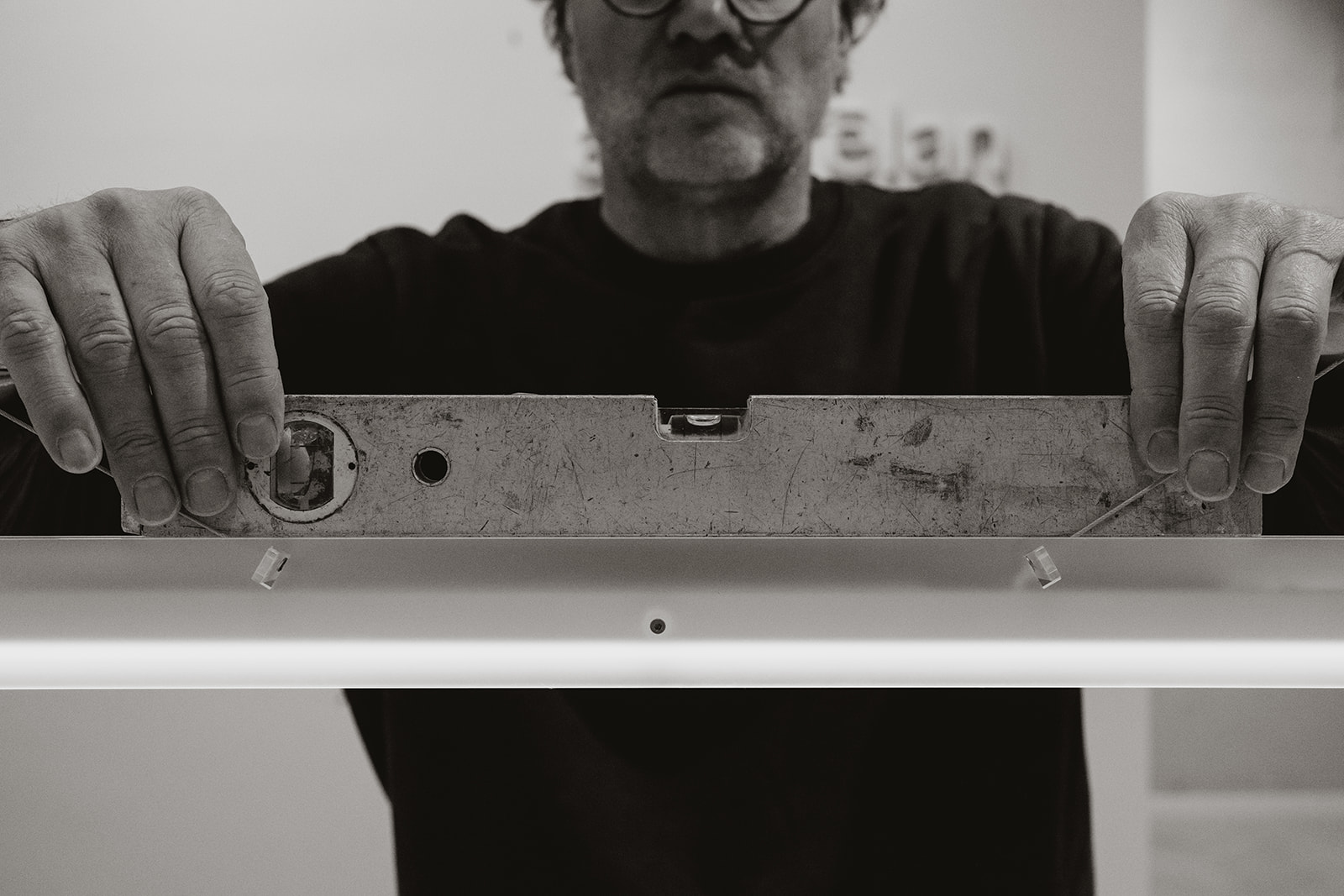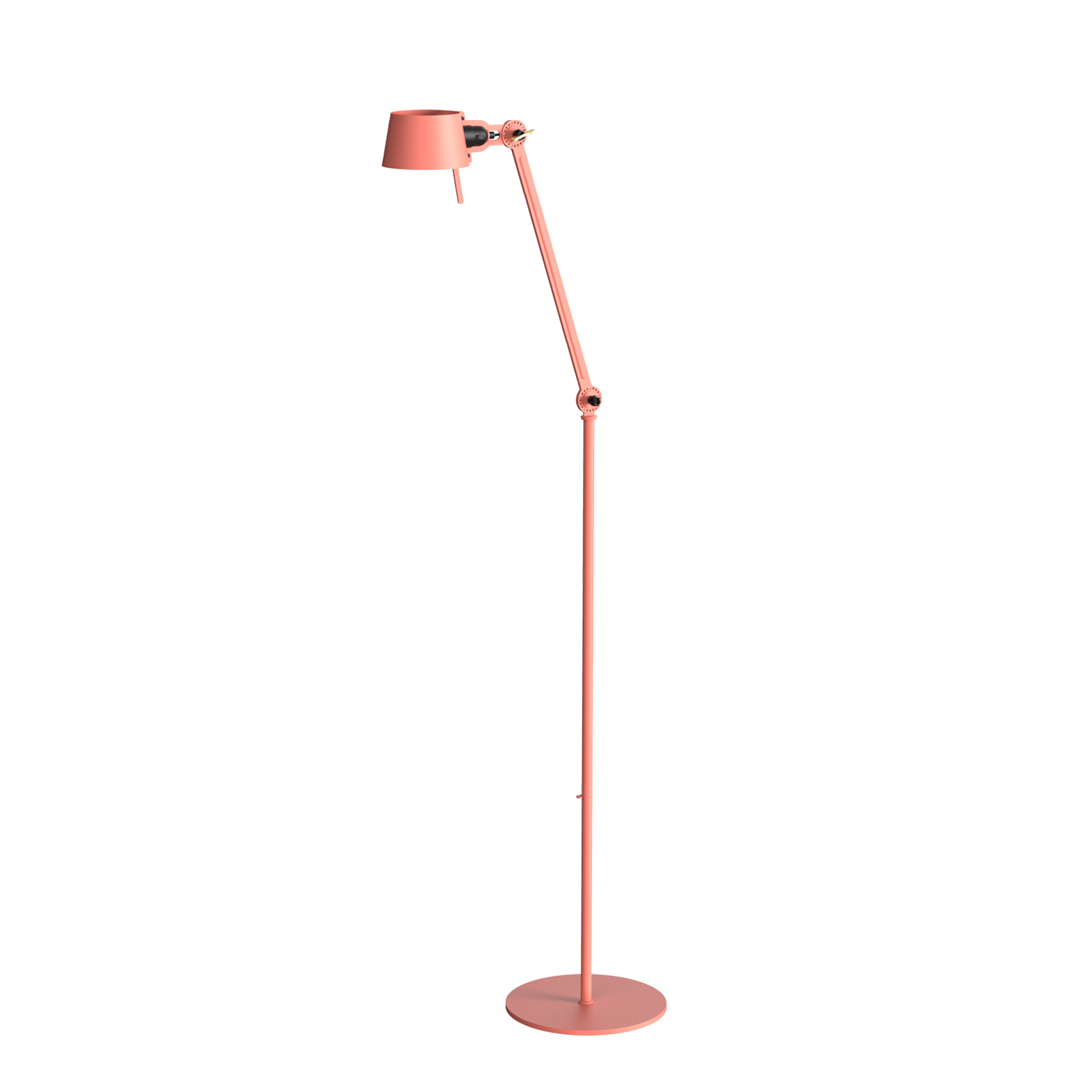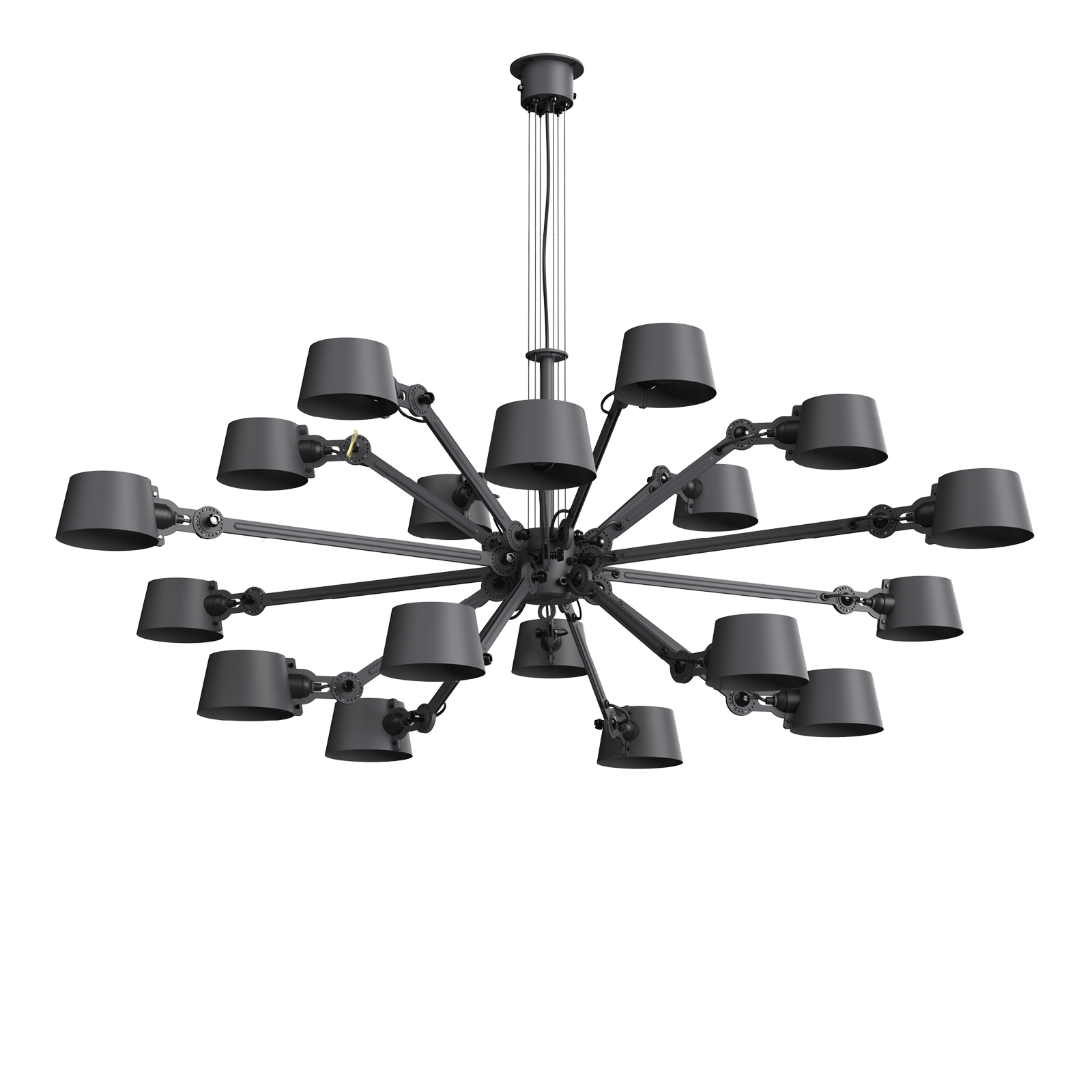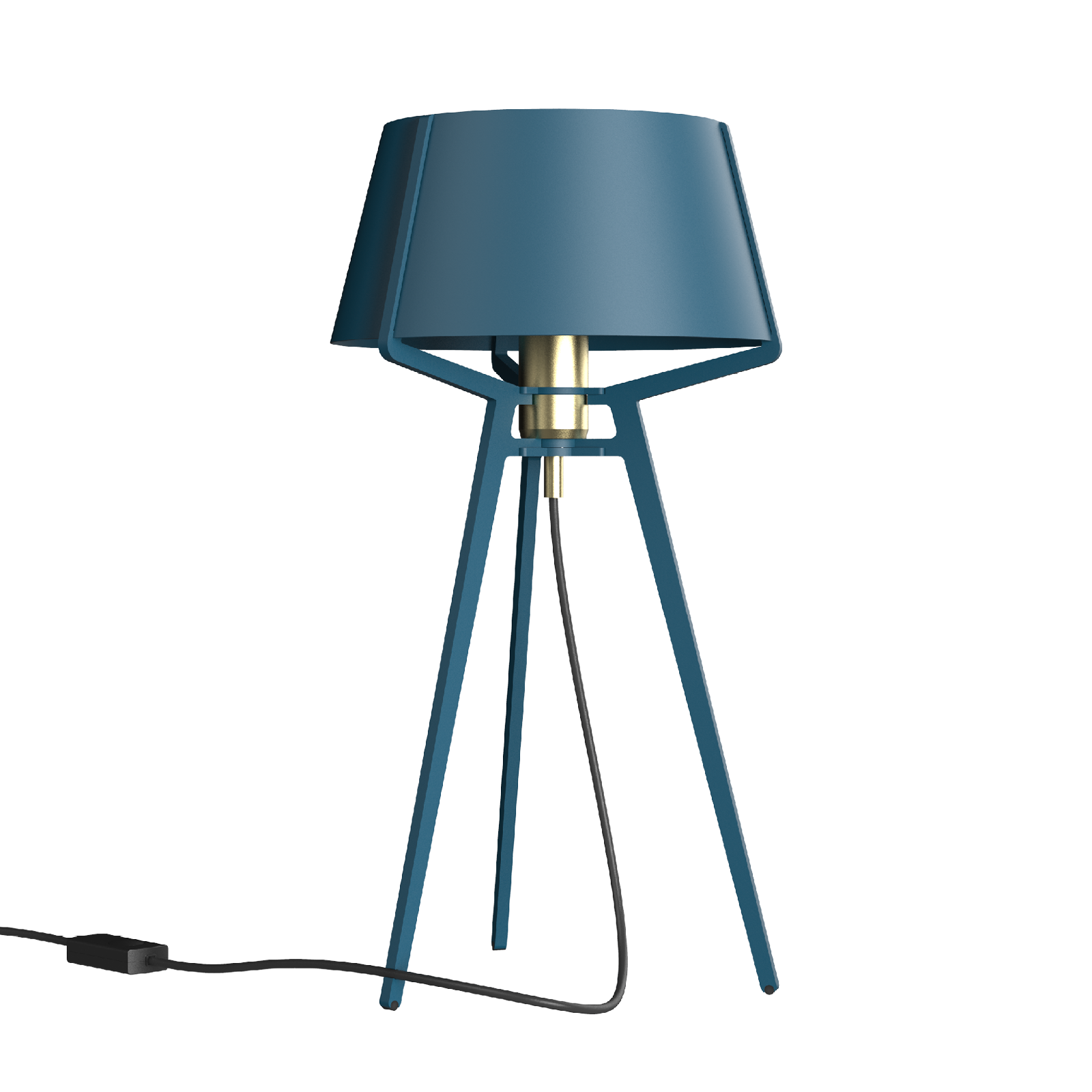
Create a lighting plan for the living room in 6 steps
A lighting plan for your living room creates the perfect atmosphere in your interior! Start with a floor plan and decide where the connection points and switches should be located. Think carefully about the right combination of basic, task and mood lighting to suit everything you do in the living room. That way, you can make your living room a place that suits your style and life!
Step-by-step plan for a lighting plan in your living room
Creating the right lighting in your living room is essential to achieve the right atmosphere and do justice to your interior. Follow the following 6 steps so that the lighting perfectly matches your living style and optimally supports the functions of the room.
Step 1: Draw a floor plan of your living room
Make a detailed floor plan of your living room. This will give a clear overview of the room and determine where best to place the lighting. Use a tape measure to accurately record the dimensions of the room, walls, windows and doors. Make a scaled floor plan on paper or digitally.
Mark the positions of existing furniture and any fixed elements, such as fireplaces or built-in cabinets, so you have a good idea of where the lighting can have the most effect.
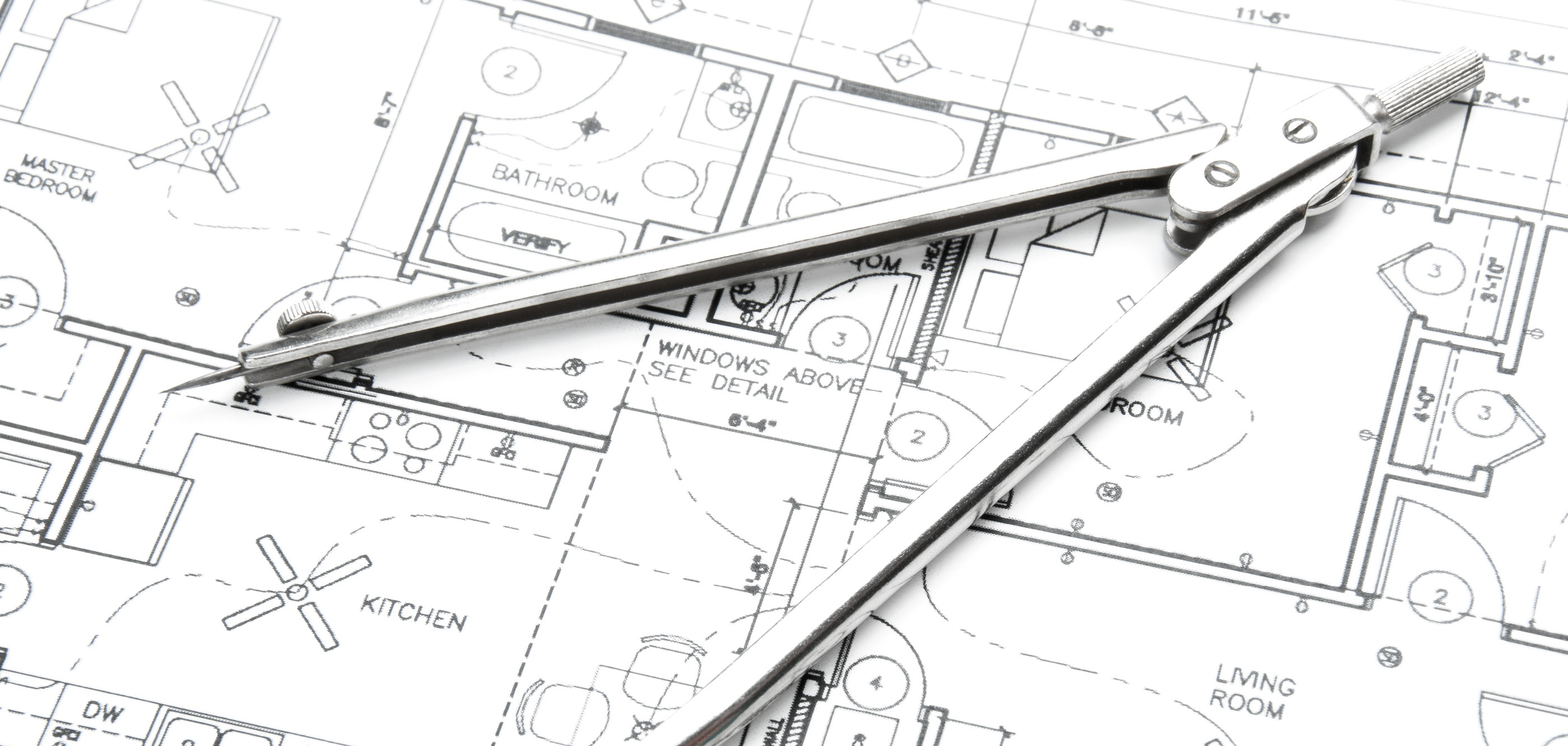
Step 2: Determine the
connection points and switches
Think carefully about where the connection points, such as outlets and switches, for your lighting are located or where they are desirable. After all, this will determine where you can place lights and how you can control them. Map out the existing outlets. Consider where additional connection points are needed for new lighting.
Also consider installing dimmers or smart switches to easily control and adjust lighting to different situations. It is important to provide a convenient and safe way to turn your lighting on and off, as well as to ensure proper power supply.
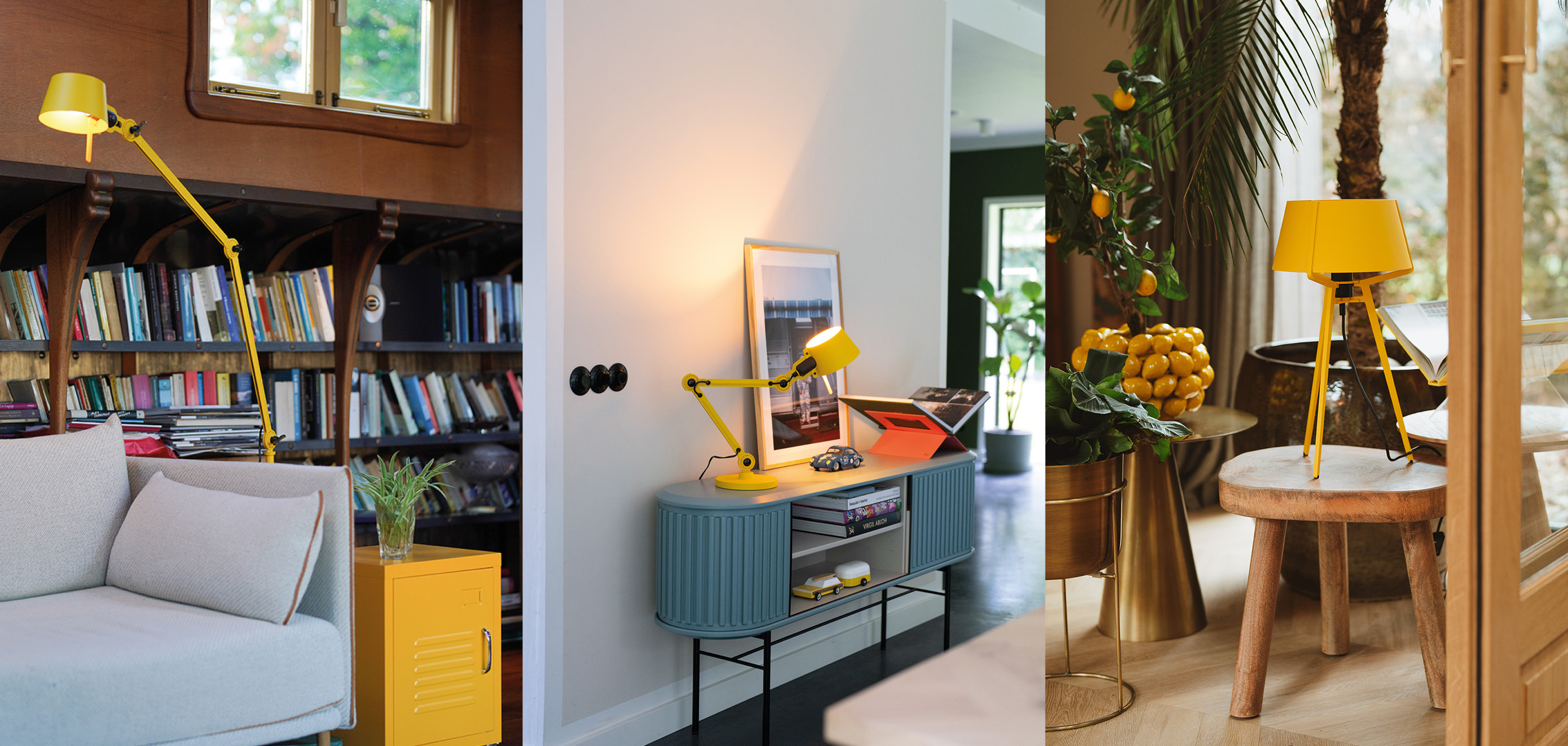
Step 3: List the
activities that take place in the living room
Determine what activities take place in the living room, such as reading, watching TV or socializing. Record these activities on the floor plan so you can determine where lighting is needed to avoid a dark interior and support your desired living style. For example, consider extra light at a reading nook, mood lighting around the seating area and subtle backlighting when watching TV. By understanding the functions of the space, you can ensure the lighting is functional and it matches your interior style.
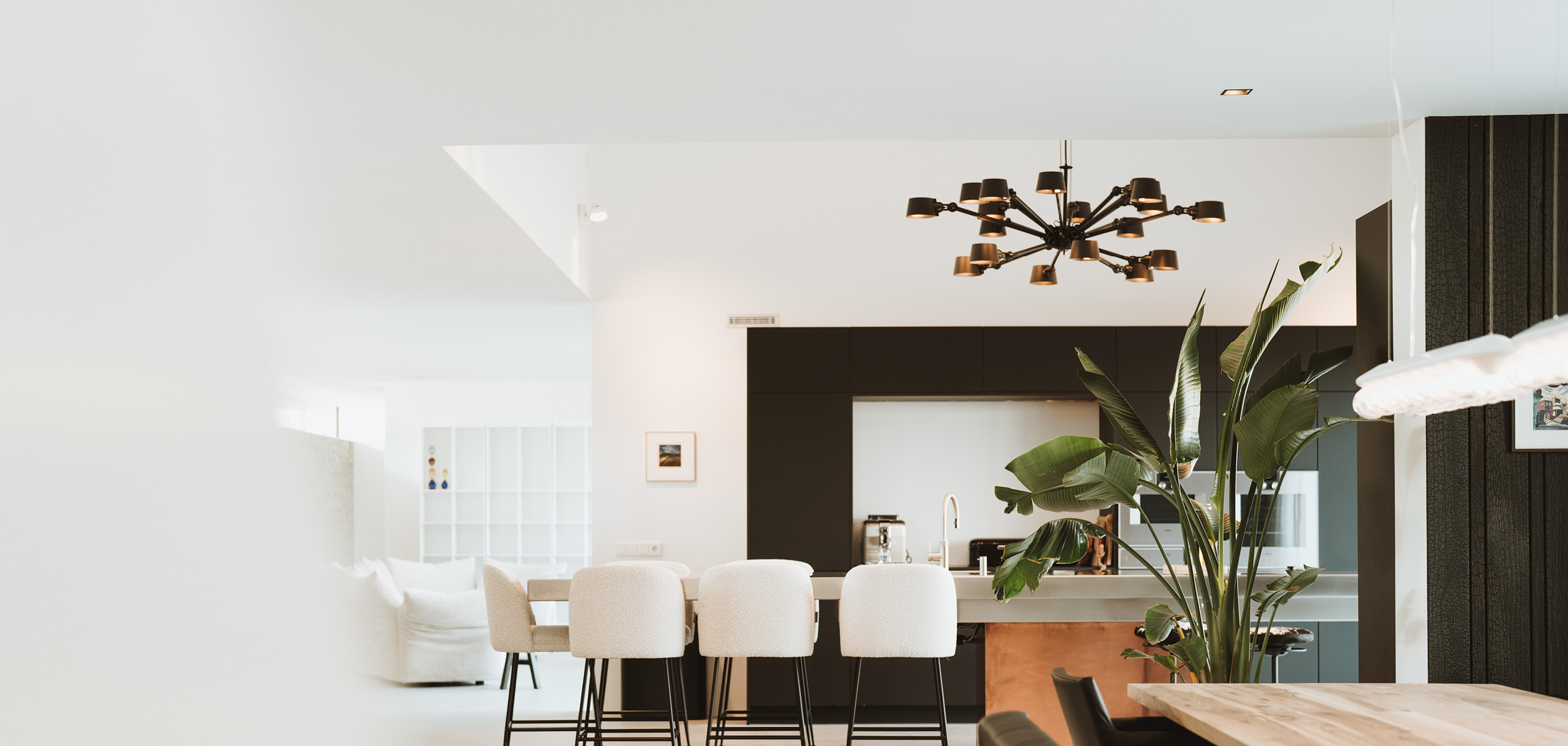
Step 4: Determine the
basic lighting in your living room
Determine where basic lighting is needed, or lighting that illuminates the entire living room. This type of lighting provides an even distribution of light throughout the room. Consider the type of lighting you choose, such as ceiling lights, recessed spotlights or suspended ceilings with integrated lighting. This general lighting should be strategically placed to properly illuminate the entire room. This will help you light the room evenly and avoid dark corners. Choose lighting that contributes to a comfortable atmosphere.
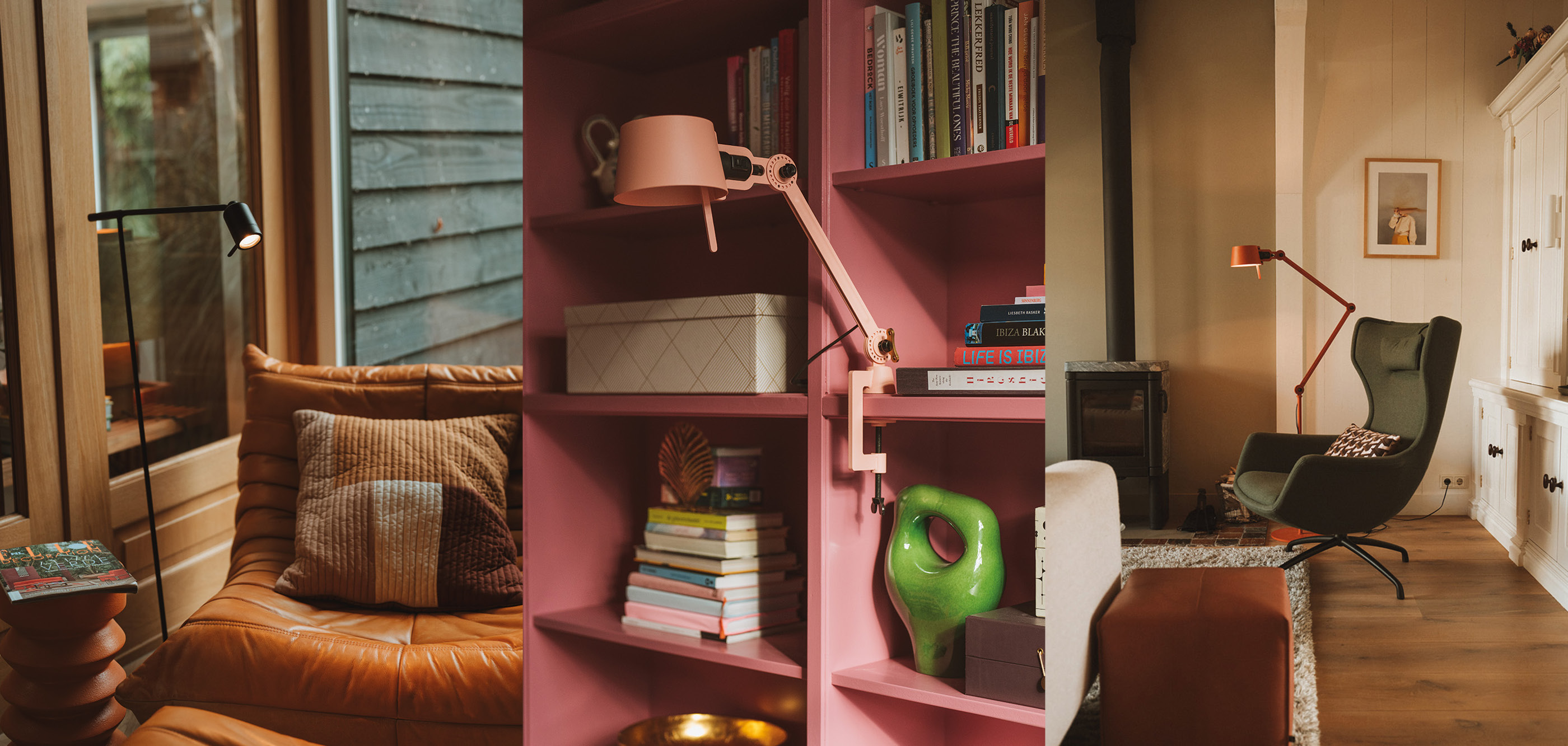
Step 5: Determine
functional lighting
Determine where functional lighting is needed, such as a reading lamp next to an armchair or directional lighting near the bookcase. Diffuse and directional light add value to a multipurpose room such as the living room: for working during the day, relaxing at night.
Consider different types of lighting such as diffused light for soft, even illumination, and directional light for specific tasks. Provide adjustable lighting for different activities. By strategically placing functional lighting, you not only enhance the functionality of the room, but also support the aesthetics and practical use of your living room.
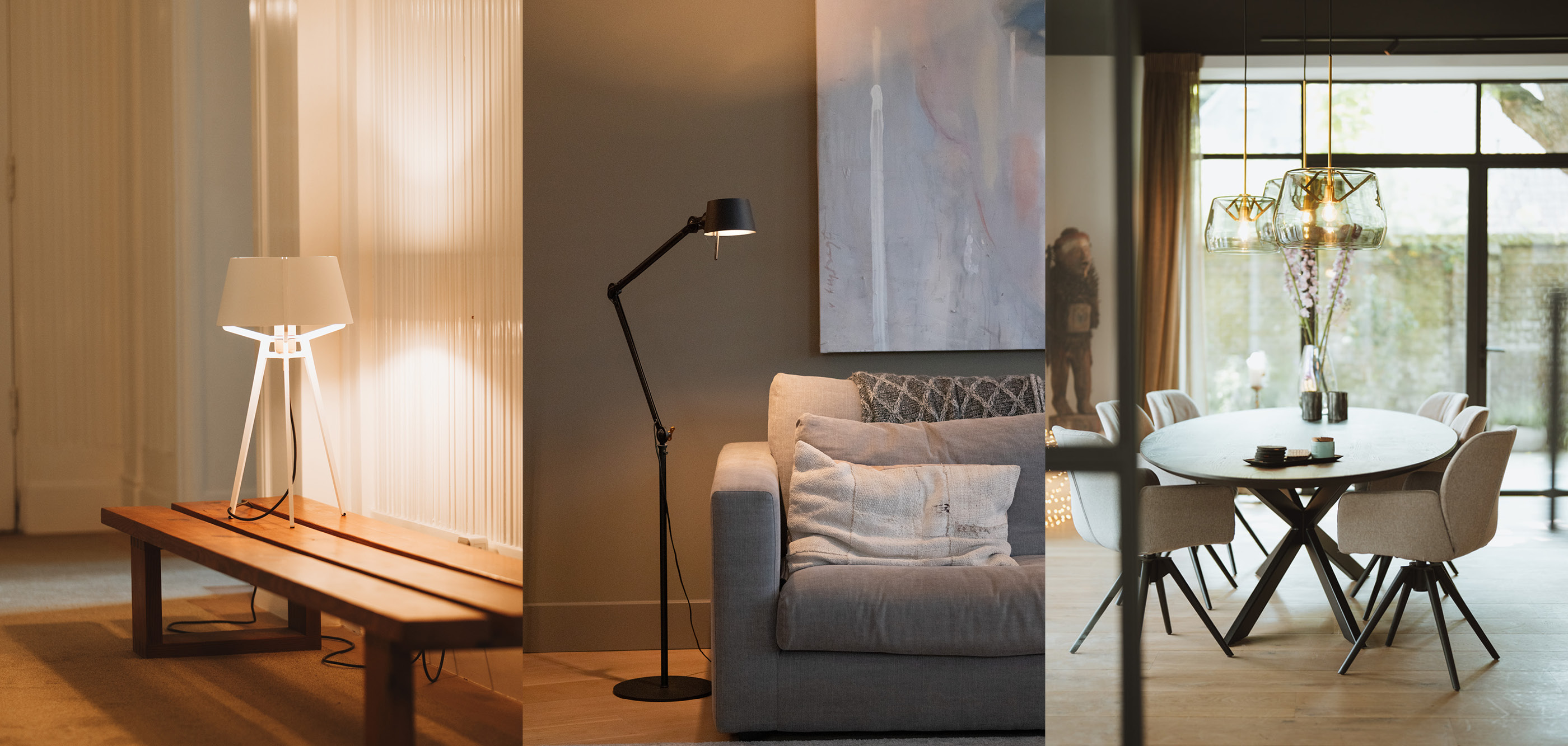
Step 6: Add mood and
accent lighting
Step 6: Add mood and accent lighting
Finally, add mood and accent lighting to complete your living room. Add mood lighting, such as a wall lamp that diffuses indirect light and creates a soft, warm effect for a spatial effect. This kind of lighting creates a cosy and inviting atmosphere.
Then add accent lighting, such as spotlights in a bookcase that atmospherically highlight decorative elements. This lighting can help accentuate certain features of your interior and make the room visually interesting. By integrating mood and accent lighting, you add extra depth and character to your living room.
Why is a lighting plan important?
A lighting plan is important because it ensures lighting that matches your interior and atmosphere. The lighting plan strategically determines where lighting should be placed. For example, by choosing beautiful lighting that accentuates the features of your interior style, you can transform a simple sitting area into an inviting space that brings the whole living room to life.
What color light is best for the living room?
Warm white light is best for the living room. This type of light creates a cosy and inviting atmosphere, especially in rooms with dark colours that naturally have lower light output. Warm white light offers enough light without being too bright, making it perfect for a comfortable and relaxing living room.
How do you distribute spotlights in the ceiling?
The best way to distribute spotlights in the ceiling is to spread them evenly across the room, with about 1.5 to 2 metres between each spotlight. This will give you even light without shadows. Keep in mind functional lighting and place spotlights where extra light is needed, such as above a seating area or table.
What does a complete lighting plan for the living room look like?
A full lighting plan for the living room includes a detailed floor plan showing the locations of lighting, including basic lighting, functional lighting and mood lighting. It also shows the connection points and switches, so you know where the lights will be connected and how to control them. By combining these elements, you get a clear overview of how lighting can make the room functional and atmospheric.
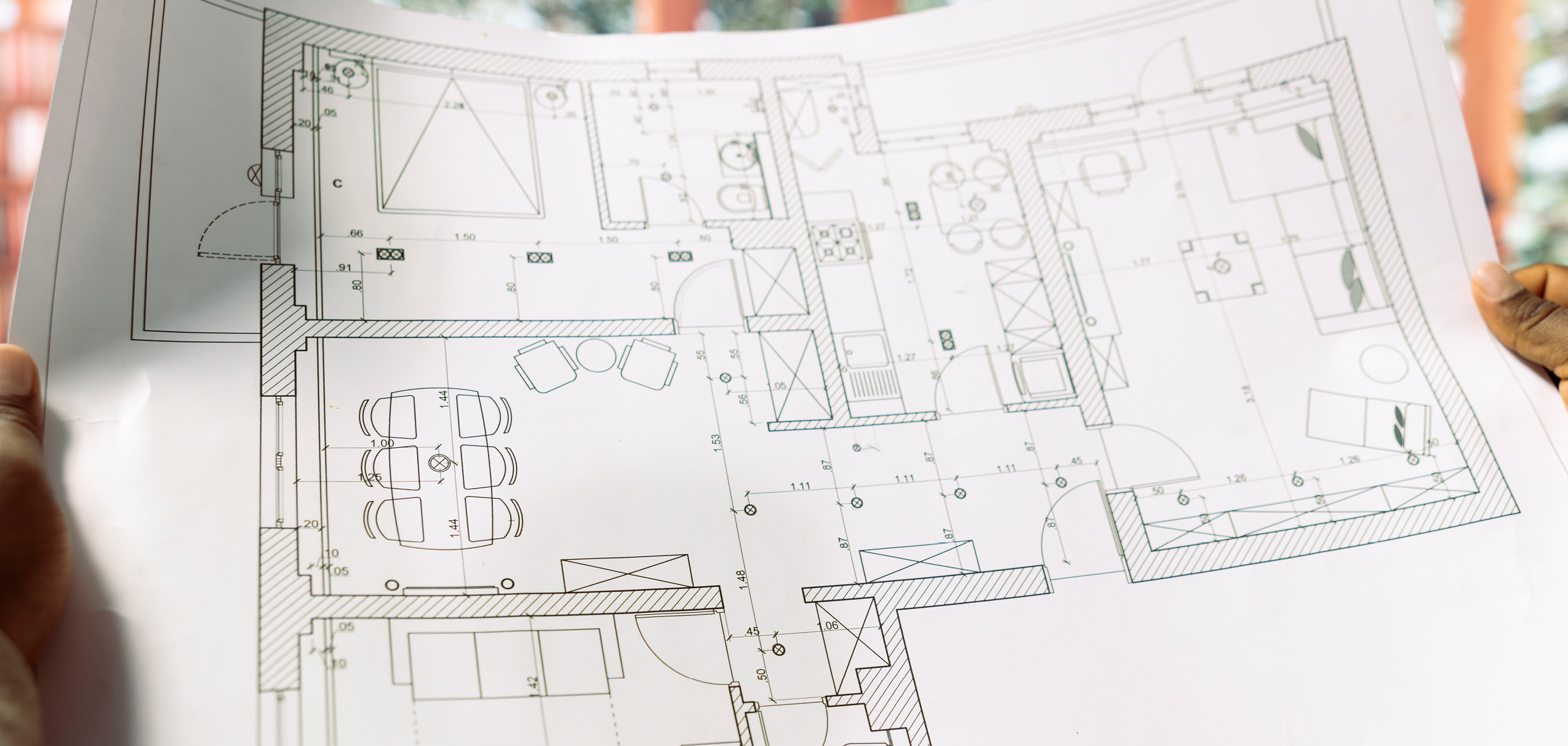
What does a living room
lighting plan cost?
The cost of a living room lighting plan varies depending on its complexity. For a simple lighting plan, you can expect prices between €150 and €250. An average lighting plan usually costs between €295 and €800. For more complex designs, including detailed 3D visualisations, costs can reach €1250 or more.
Tonone does not offer lighting plans, but we can advise you on choosing the right lamps for your living room. We have extensive knowledge of which lamps fit best in any space and are happy to offer you customised inspiration.
The best lamps selected for your living room
Bolt
The Bolt collection offers a versatile range of lamps that fit seamlessly into any living room. Available in 11 colours and 29 models, there is always a Bolt lamp to match your interior style. The Bolt ceiling lamp effortlessly illuminates the entire room and acts as powerful basic lighting. Use the Bolt table lamp for atmospheric accents on a table or sideboard. The Bolt wall lamp adds stylish accent lighting or enhances basic lighting, ideal for a reading corner. The Bolt floor lamp and desk lamp bring versatile lighting into your home that is both functional and atmospheric, perfect for your seating area.
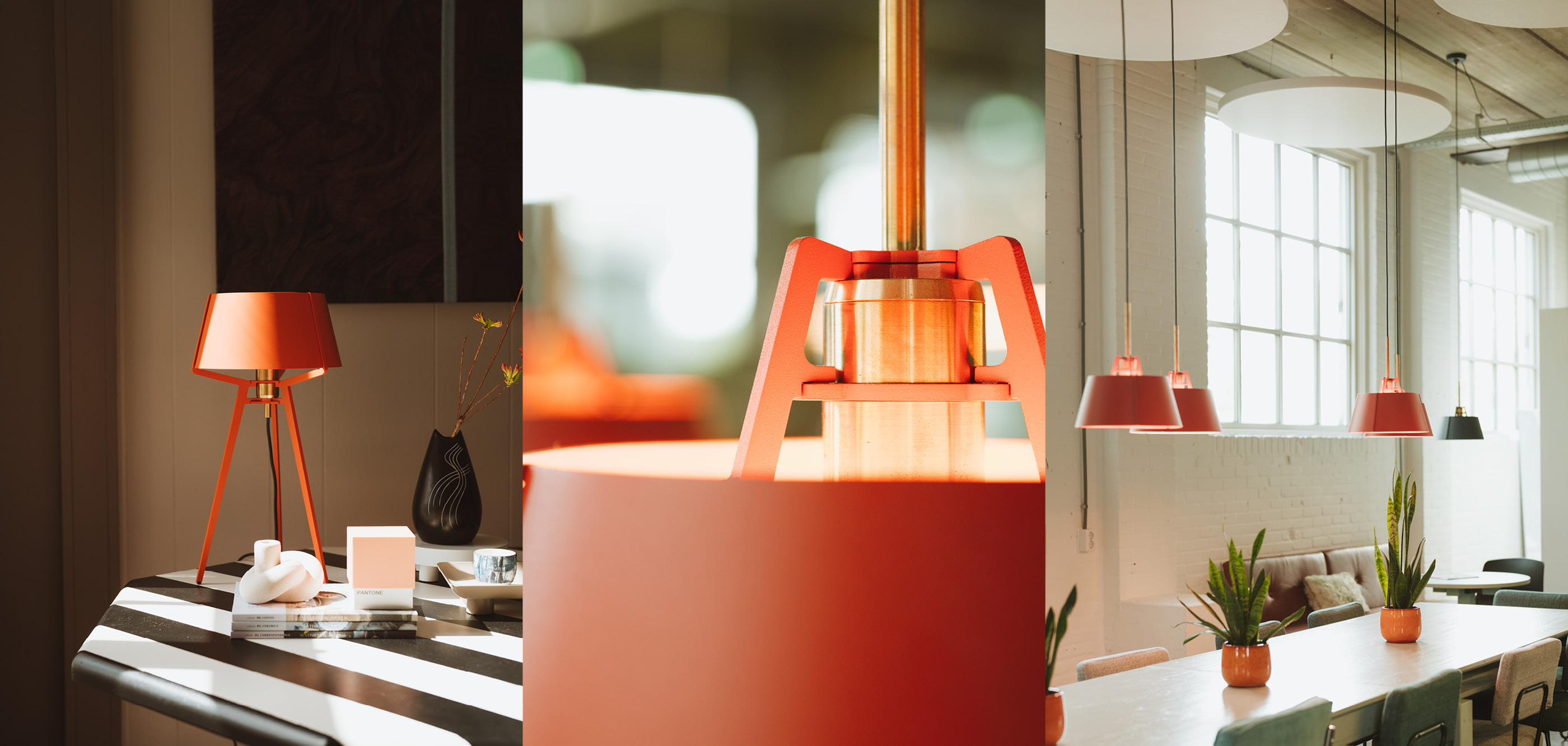
Beads
The minimalist Beads collection comprises several models ideal for the living room. The Beads floor lamp combines a minimalist style with functionality and can serve as basic lighting as well as focused lighting at a reading nook or next to the sofa. The Beads table lamp adds atmospheric light on a table or cabinet and provides sufficient task lighting for daily activities. Hang a Beads wall lamp as mood lighting along the wall, or as directional lighting near an artwork or seating area, creating both ambience and practical lighting in the room.
Bella
The classic Bella table lamp is a real mood enhancer and fits effortlessly into any interior. Whether you want to add a modern touch to a classic home, opt for a minimalist accent in a Scandinavian interior style or are looking for a colourful eye-catcher for an industrial interior, the Bella table lamp does it all. With 11 colours and 2 types of fittings, there is always a Bella that perfectly matches your living room.
Ella
The Ella table lamp is a stylish eye-catcher with a mouth-blown glass shade, perfect for adding both ambient and functional light to your interior. Place Ella on a sideboard, in a striking wall cabinet, or even on the floor for a playful effect. Thanks to its glass shade, the lamp diffuses direct and bright light, ideal for illuminating specific corners of the living room or subtle accents on furniture and decorative items.
ONE
The ONE collection revolves around one versatile LED lamp, which you can combine with the available luminaires so you can adapt it into a floor lamp, desk or table lamp and wall lamp. ONE can also be used wirelessly, giving you flexibility to place it wherever you want. Available in 3 colours and combinable with different luminaires, the minimalist ONE offers the perfect mis of style and functionality.
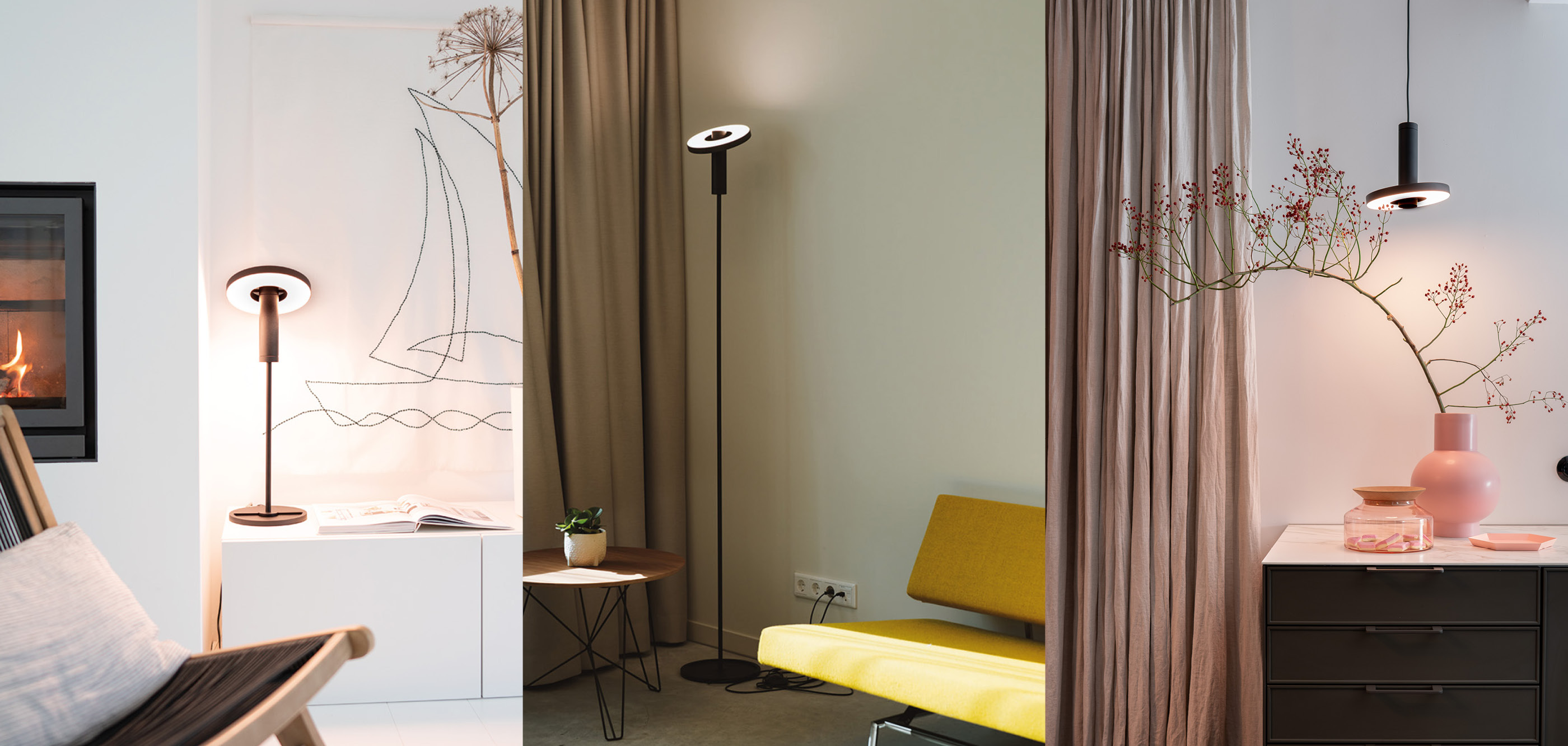
Making a lighting plan in other rooms of the house
Making a lighting plan for other rooms in the house is just as important as for the living room, because each room has different lighting needs. A good lighting plan takes into account the different functions and moods of each room and helps you choose the right lamps.
In the bedroom, choose soft basic lighting, combined with different lamps such as directional lighting in the form of bedside lamps. The kitchen requires bright, functional lighting with a mix of basic and directional lamps. For the bathroom, moisture-resistant lamps with both practical basic lighting and directional lighting around the mirror are ideal.
Find out more about how to fill these lighting needs on our pages:


